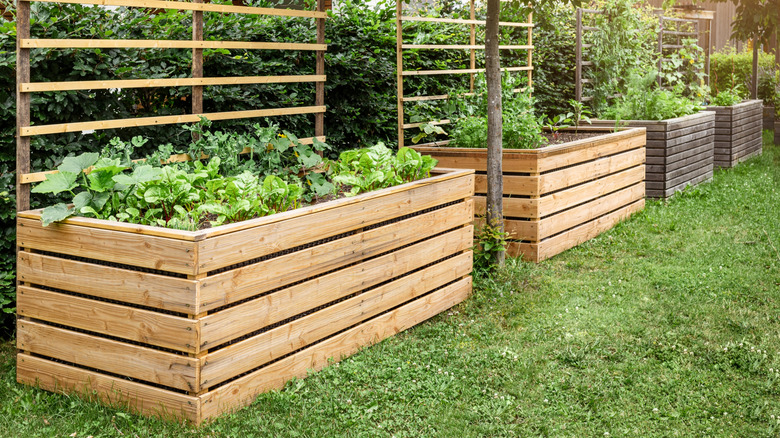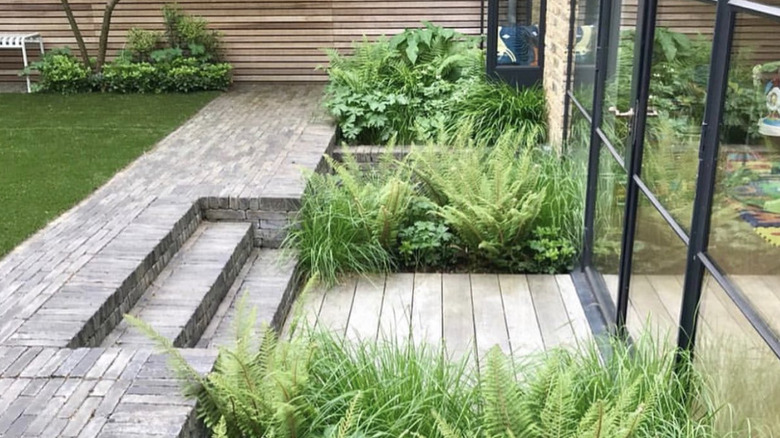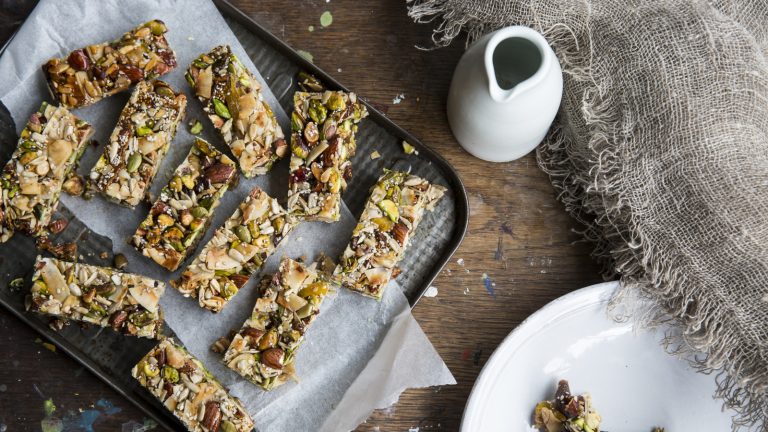Gardening is a relaxing yet fun hobby, but it isn’t as simple as throwing some seeds into dirt. There are many easy tips to help you succeed but also a number of things to consider: soil type, sunlight, and water needs are just a few. Plus, depending on what you’re trying to grow, you should consider planting either raised beds or sunken beds. The simplest difference between the two is that raised beds are above ground level, while sunken beds are below it.
Growing fruits and vegetables can be rewarding, but in order to determine what type of garden you need, consider what the plants need to thrive. Most fruits and vegetables need ample sunlight and water to properly grow, plus enough space for their roots to spread out in the ground. And most importantly, fruits, veggies, and even fresh herbs all need time. Whether you choose a raised or sunken bed, make sure you have enough time to tend to the garden; that’s one of those rookie mistakes beginner gardeners make. Otherwise, no matter the bed, the plants won’t prosper.
What is a raised bed?
A raised bed sits above the ground and can be put together with just about anything — wood and bricks are commonly used to make boxes, which are then filled with soil. But if you don’t want to spend the money or time building with either material, you can also just shape piles of soil into raised beds. A big advantage to using a raised bed is for comfort; it’s easier to weed and tend to the plants without having to crouch on the ground.
Raised beds are best for environments that receive a lot of rainfall. They’re higher up, so they dry out quicker; if you live somewhere with plenty of rain, a raised bed helps ensure the fruits and veggies don’t get too much soil. Consider using a raised bed if you want to grow produce that needs less water. Zucchini, kale, hot peppers, and eggplant are all examples of produce that require less water to succeed, so if these are on your list and you don’t live somewhere that’s too hot or has too little rainfall, then a raised bed should work well for you.
What is a sunken bed?
A sunken bed sits below ground level, and while it isn’t as comfortable for you to maintain as a raised bed, it has its perks. Sunken beds are better for dry, hot environments because they retain more moisture than raised beds, so if you live somewhere where you don’t get much rain, you should likely build this type of garden. Sunken beds are also best for sandy soil, which tends to be dryer than clay-like soil.
Keep in mind how your produce will perform in a sunken-bed garden. Stick with fruits and vegetables like cucumbers, squash, beans, and corn, all of which need plenty of water to thrive. Sunken beds are also good for growing tomatoes, but tomatoes often need less water as they reach the end-stage of growth, so consider how much you water the beds in this case. Ultimately, the type of bed you choose depends on the temperature and rainfall of your environment, plus which types of food you’re trying to grow. If you’re truly a beginner or the garden beds sound like too much work, consider planting produce that can grow well in a pot.







